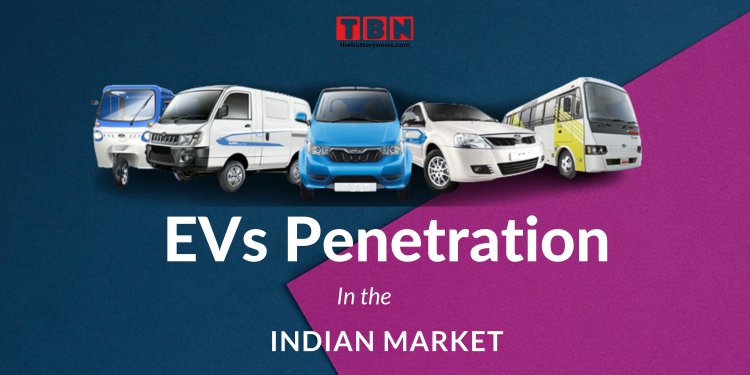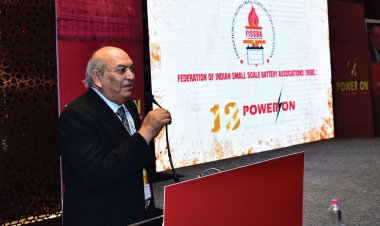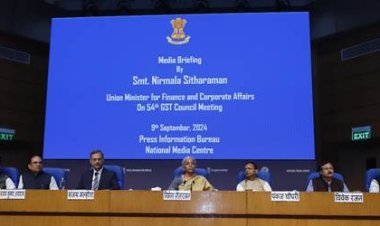EVs penetration in the Indian Market
There has been a paradigm shift in how the development of EVs will proceed on a worldwide scale. Even if flying cars might be considered a realistic option in 2022, we have come a long way from the days of traditional fuel-guzzling cars to alternatives like electric vehicles (EVs), not only in the two-wheeler but also in three-wheelers and four-wheeler segments.

|
The usage of traditional fossil fuels and non-renewable energy sources, which are heavily reliant on the Indian vehicle industry, has sparked worries about the industry's effects on the environment, climate change, and the depletion of non-renewable resources. India has developed and worked rapidly on regulations to quickly switch from conventional ICE vehicles to alternative-energy vehicles, notably electric vehicles (EVs). As a result, it is amazing how extravagantly sales of electric vehicles are on pace to set a record in 2022. Two Wheelers (e2W) Since 2017, sales of electric 2-wheelers have been significantly rising, reaching 110k in the first quarter of 2022 and forecasting 535k for the entire year. With a penetration rate of 38% over the following five years, the numbers are predicted to reach 7.2 million vehicles. A reasonable goal of 45–50% penetration by 2030 appears doable, especially in light of recent battery fire problems. The government has set an aggressive objective of 80% penetration by 2023, which we believe is unrealistic.
Three Wheeler (e3W) The penetration of e3W automobiles has significantly increased, reaching 5% in Q1-22. Due to the limited number of vehicles that are now available, the passenger segment has lower penetration. Due to two factors—growth in e-commerce sales and last-mile deliveries, as well as Amazon and Flipkart's pledge to go 100% electric by 2030—cargo models are anticipated to gain increasing popularity. A draught policy is being created in response to the Delhi government's request for a vigorous push toward employing e3Ws for its delivery aggregators. Four Wheelers (e4W) The demand for personal mobility and rising fuel prices will promote growth in this market. At 1% right now, we anticipate a 4% penetration by 2027. A push is being made for hybrid, E5, and E10-based fuels, which will soon make it possible to employ IC engines. There are many reasons for the currently limited penetration of e4Ws. Only a few models are offered on the market. These versions are also slow to charge and have range problems. In the upcoming years, newer and improved versions are anticipated. Most households only own one vehicle, which they use for both local and out-of-town travel. In practice, this means nonfixed duty cycles. It is anticipated that the current charging infrastructure's shortcomings will continue to act as barriers in the near future. After 2025–2026, there will be more momentum, and electric automobiles might realistically approach a 12% market penetration.
Electric bus demand has been incredibly low. But over the next few years, the market is anticipated to pick up steam and achieve a 16% penetration rate by 2027. The majority of the demand comes from STU buses from six states that are over 11 years old and past their replacement cycle. Over the next four to five years, the penetration will increase thanks to Tata Motors' delivery of 5,450 buses to these state STUs. Due to set duty cycles and the availability of chargers (once the buses are in operation) at the bus depots to enable speedy top-ups between duty cycles, this is gaining pace. Source: https://www.mondaq.com/uk/renewables/1220062/limited-battery-life--reality-check-for-electric-vehicles-aspirations |




























